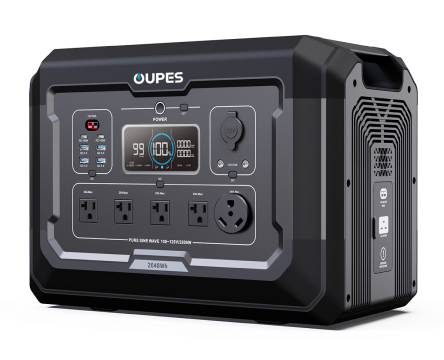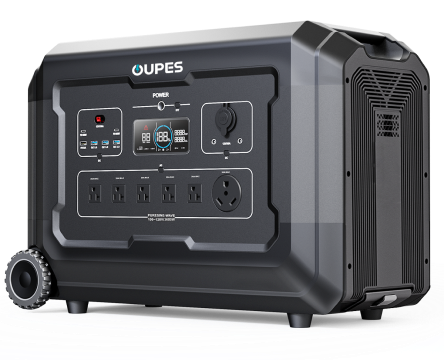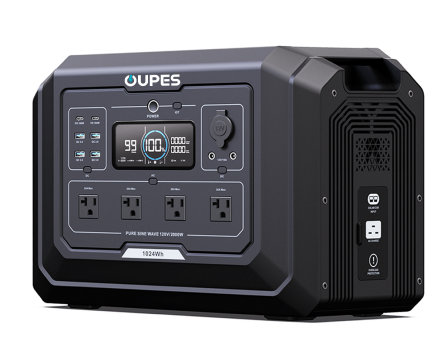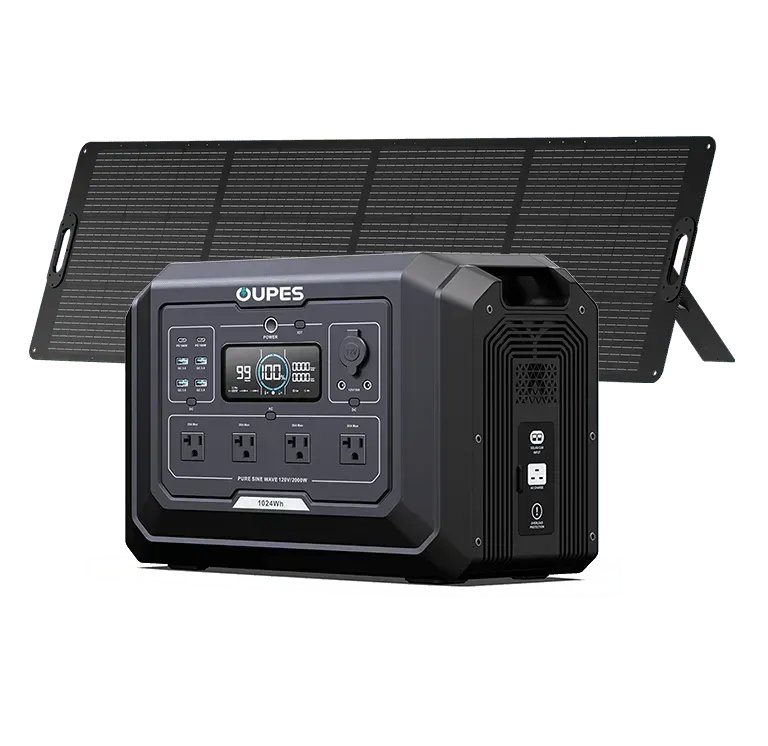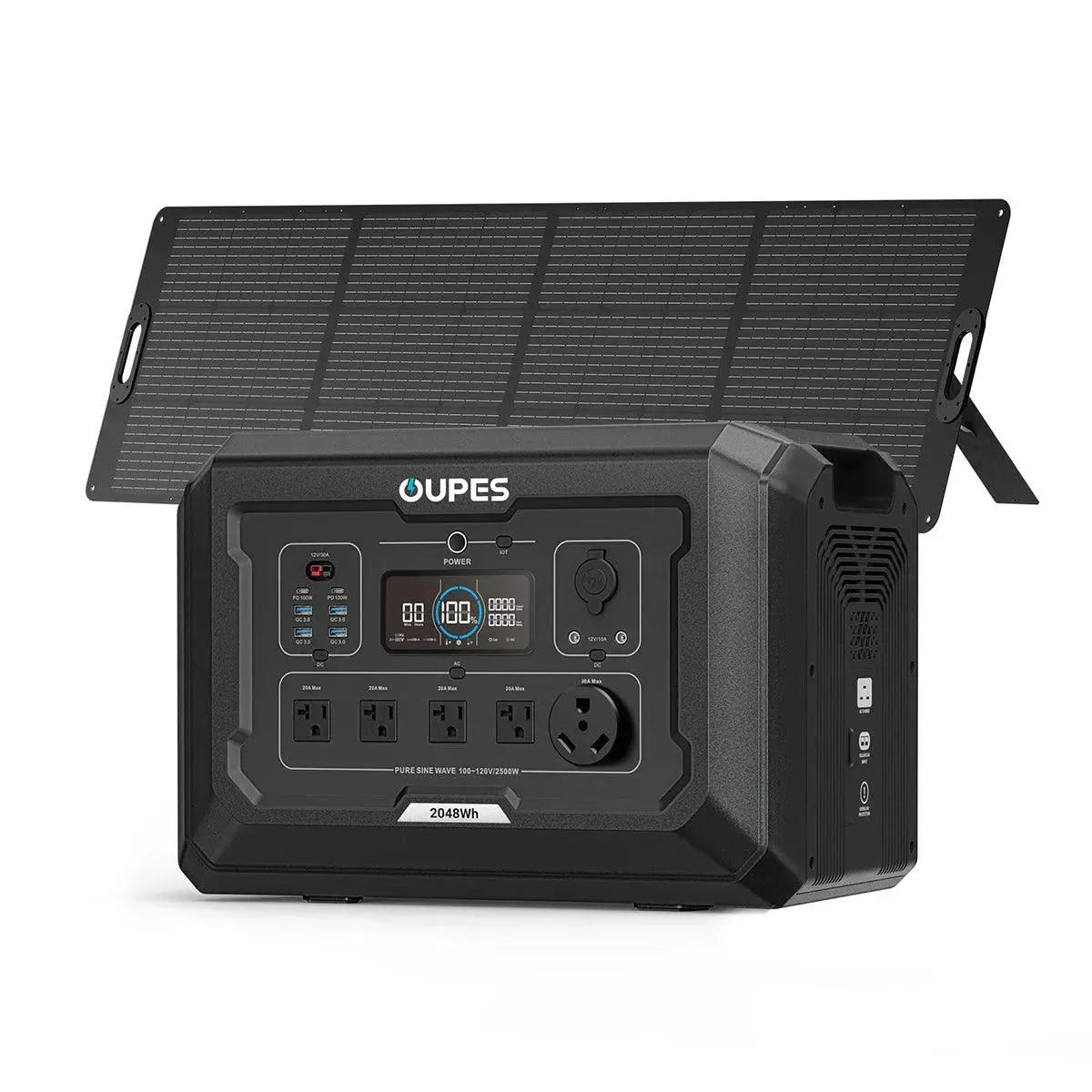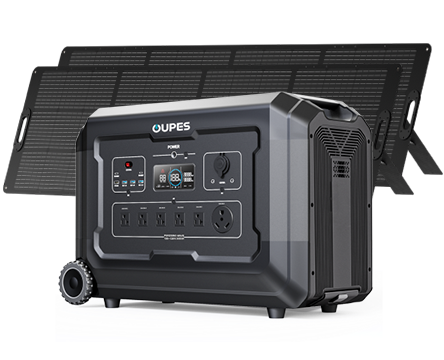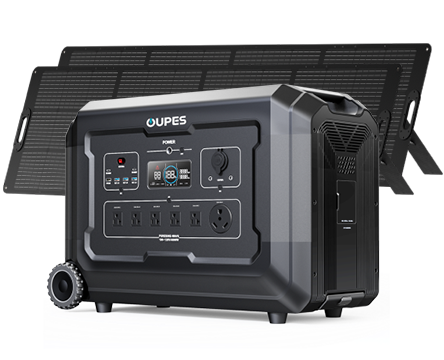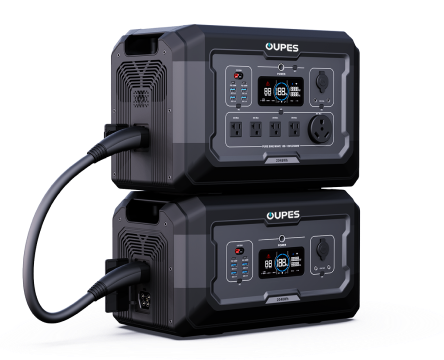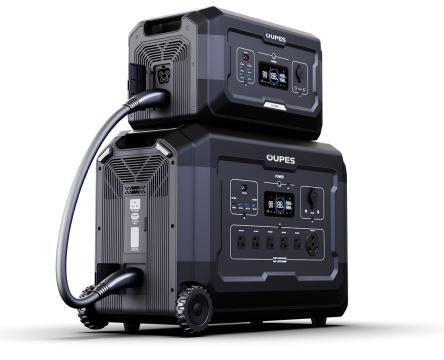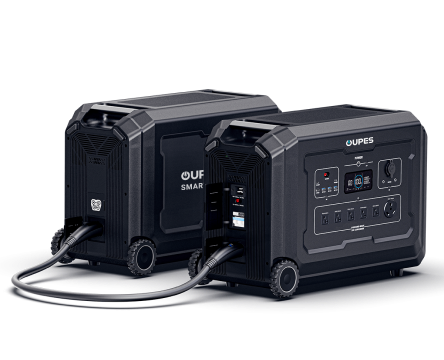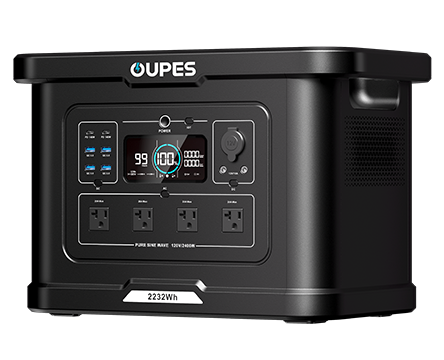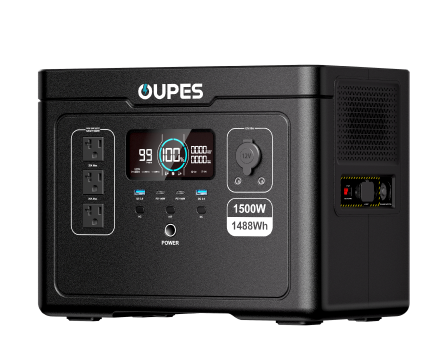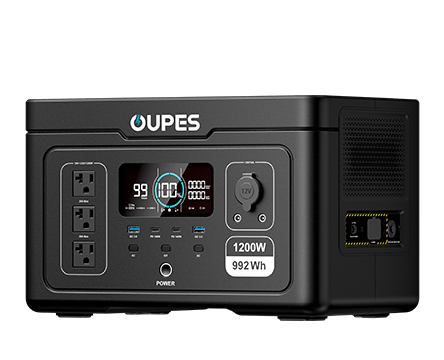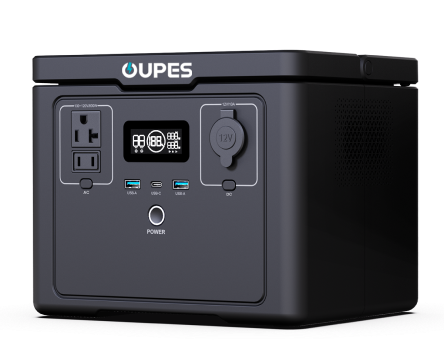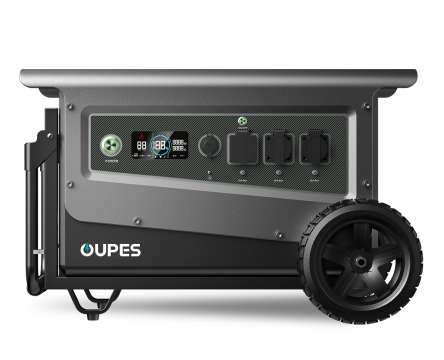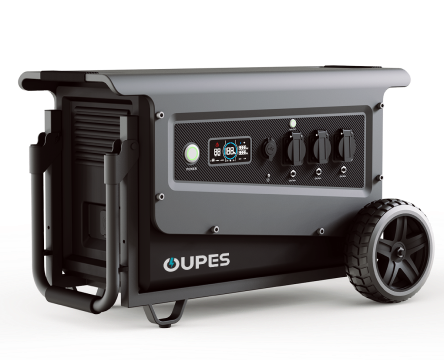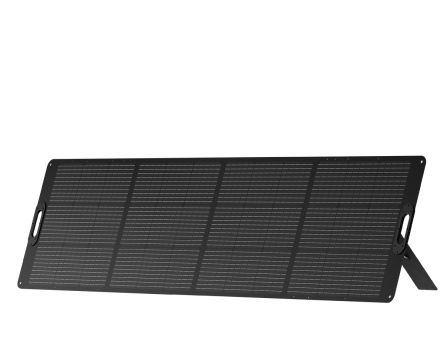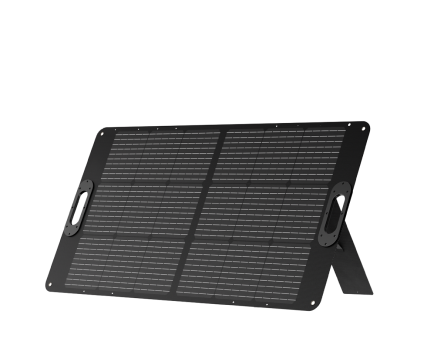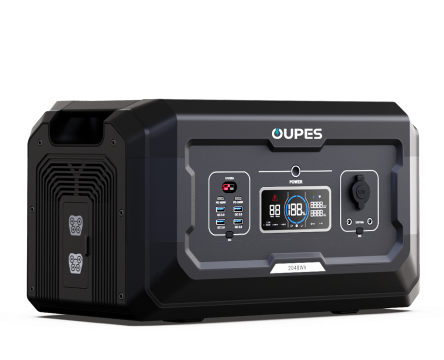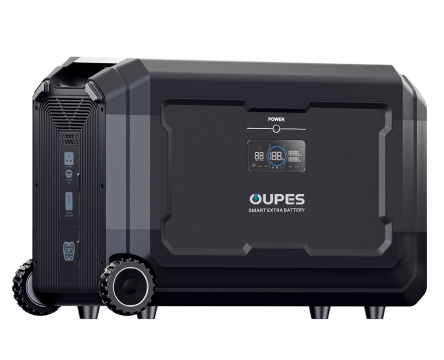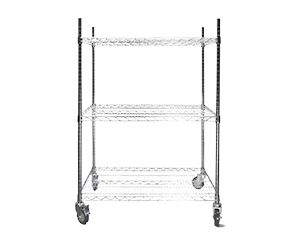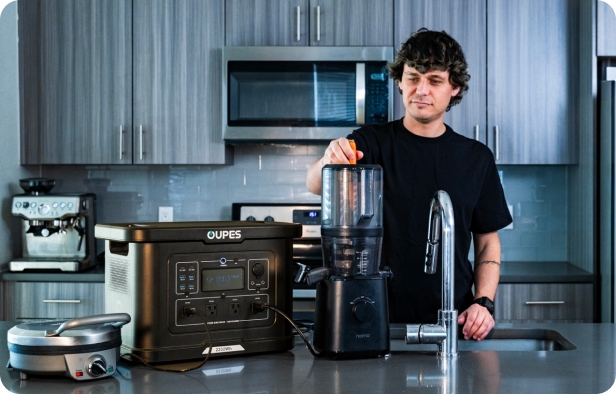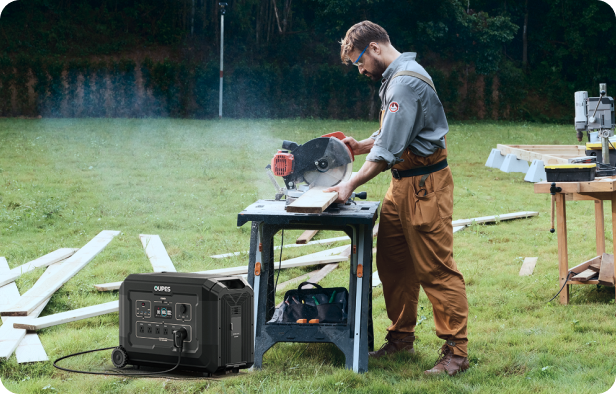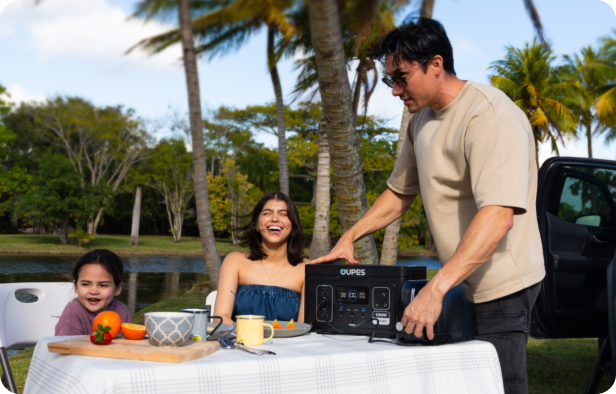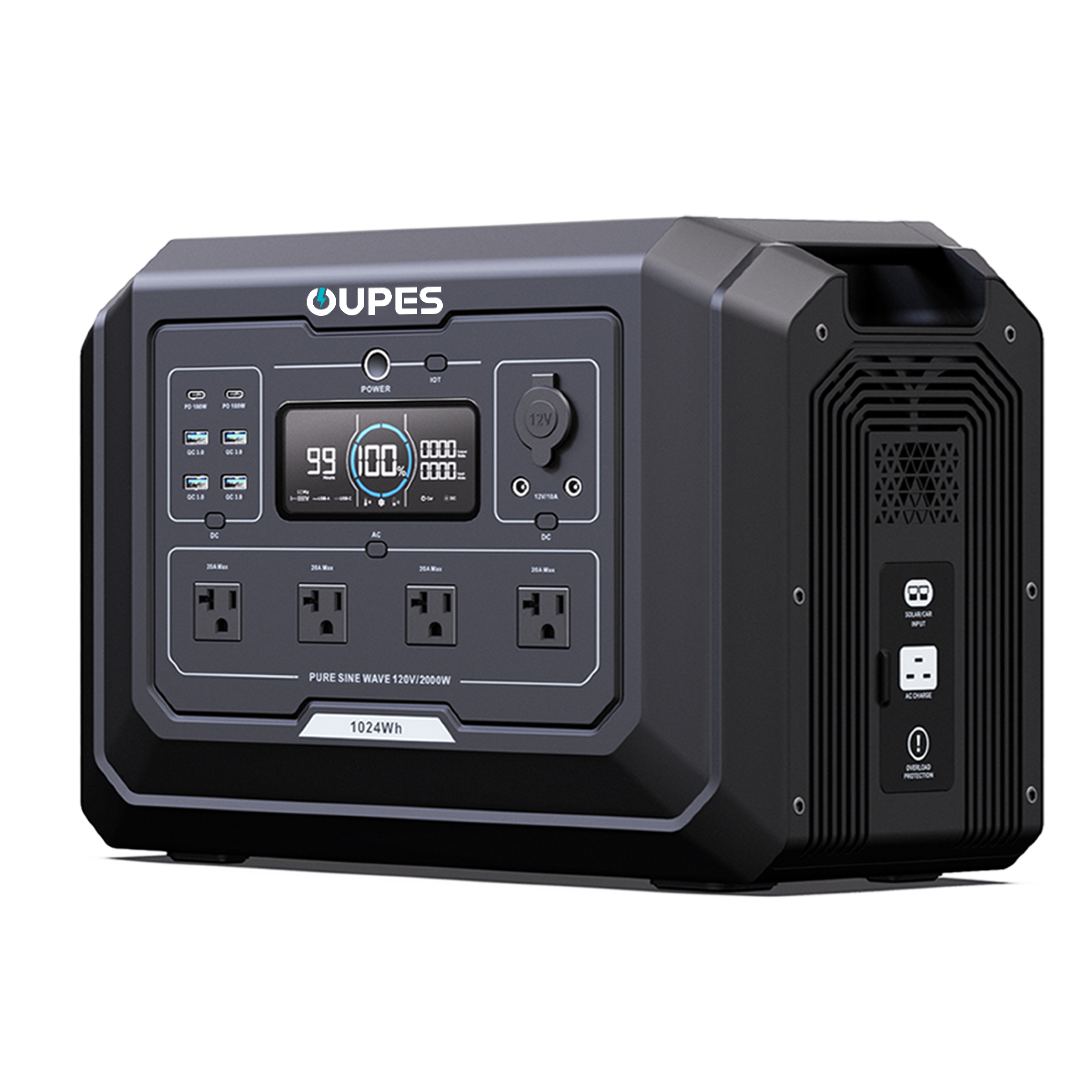
In today's fast-paced world, staying connected and powered up has become a necessity for many. Whether you're camping, traveling, or simply experiencing a power outage, portable power stations have become a valuable tool. These devices provide a convenient solution for powering electronics on the go, offering reliability and convenience in a compact package. But with so many options on the market, how do you choose the right one? This article will guide you through the key considerations and features to look for when selecting the best portable power station for your needs.
Understanding Portable Power Stations
Portable power stations, also known as battery-powered generators or solar generators, are compact, rechargeable devices designed to store electrical energy for later use. They can provide power to a wide range of electronic devices, from smartphones and laptops to small appliances and medical equipment. Unlike traditional gas-powered generators, portable power stations are quiet, eco-friendly, and easy to use. They have become essential tools for outdoor enthusiasts, emergency preparedness, and those living in areas with unreliable power grids.
Before you dive into the world of portable power stations, it's important to understand their basic components and how they work. These devices consist of a large rechargeable battery, an inverter, and a variety of input and output ports. The battery stores the energy, while the inverter converts it into usable AC or DC power. Most models also feature solar charging capabilities, allowing you to recharge the device using solar panels. Additionally, portable power stations can be equipped with features like LCD screens, safety protection systems, and multiple output options for different types of devices.
Key Factors to Consider When Choosing a Portable Power Station
When it comes to choosing the right portable power station, there are several important factors to consider. These factors will determine how well the device meets your specific needs and how efficiently it performs in various situations. Here are some of the key elements to keep in mind:
Battery Capacity
The capacity of a portable power station is one of the most important factors to consider. Battery capacity is typically measured in watt-hours (Wh), and it refers to how much energy the device can store and deliver. The higher the watt-hour rating, the more power the station can provide before needing to be recharged.
When determining the appropriate battery capacity for your needs, think about what devices you plan to power and how long you'll need to power them. For example, if you're using the power station for short-term charging of small devices like smartphones or tablets, a lower-capacity model may suffice. However, if you plan to run larger electronics or appliances, such as a mini-fridge or power tools, a higher-capacity model will be necessary to meet those demands.
It's also important to consider how quickly the power station can be recharged. Some models come with rapid-charging capabilities that allow you to replenish the battery in a shorter amount of time, which is particularly useful during extended outdoor trips or emergencies.
Output Power and Ports
Another crucial consideration when choosing a portable power station is the variety and number of output ports. These ports allow you to connect and charge different devices simultaneously. Some common output options include AC outlets (for standard home appliances), DC outputs (for car-powered devices), and USB ports (for smaller electronics like smartphones, laptops, or cameras).
When evaluating the output power, you should check the maximum output wattage of each port. This will tell you how much power can be delivered to a connected device. For example, if you're planning to charge a laptop, the power station must have an AC outlet that can handle the laptop's power needs, typically ranging from 40 to 100 watts or more depending on the model. If you need to power multiple devices at once, be sure to choose a model with several ports and a sufficient power capacity to support them simultaneously.
For those who plan to charge sensitive electronics, such as medical devices or high-end electronics, look for a power station with pure sine wave inverters. These inverters produce cleaner power, which is safer for delicate equipment compared to modified sine wave inverters that can cause damage or malfunction.
Portability and Design Features
Portability is one of the key selling points of a portable power station, and its design features play a significant role in how easy it is to transport and use. Most portable power stations are designed with portability in mind, but the size, weight, and ergonomics can vary greatly depending on the model.
For lighter and more compact units, expect to carry devices weighing anywhere between 5 to 10 pounds. These models are ideal for short trips, camping, or day-to-day charging of small devices. On the other hand, larger units that can power more significant equipment may weigh between 20 and 50 pounds. These units are better suited for situations where power is needed for extended periods or for larger devices like refrigerators or power tools.
Additionally, the design of the power station can affect its ease of use and functionality. Features like built-in handles, wheels, or collapsible designs can make transportation much easier. Many models also come with LCD screens that provide important information about battery life, output power, and input charging status. Some power stations even come with built-in flashlights or emergency lighting, which can be particularly useful during power outages or outdoor activities.
Charging Options and Solar Compatibility
When choosing a portable power station, one of the most important factors to consider is how it can be recharged. The ability to recharge the unit efficiently will affect how long you can use it before needing to find an outlet or power source. Most portable power stations can be charged via AC outlets, but many models also offer DC and solar charging options.
Solar charging is particularly useful for off-grid situations, such as camping or hiking, where access to electricity is limited. If you plan to use your power station in these conditions, look for a model that has solar panel compatibility. Some brands offer solar panels as an optional add-on, while others have built-in solar charging capabilities that allow you to harness the power of the sun. Depending on the capacity of the solar panels and the intensity of sunlight, the recharge time can vary, but it generally takes longer to fully charge via solar than through AC power.
It's worth noting that the charging speed of the unit is also important. If you're relying on solar panels to recharge your power station, you should consider how long it will take to recharge your device completely. Some models come with faster charging capabilities or offer multiple input options to speed up the process, which is especially helpful in emergencies or when you're on the move.
Safety Features and Durability
Safety should be a top priority when selecting any electronic device, and portable power stations are no exception. These devices often store large amounts of electrical energy, so it's essential to ensure they come with safety features that protect both the unit and the user.
Common safety features found in portable power stations include overcharge protection, short circuit protection, and temperature control. These features help prevent overheating and overloading, which can lead to damage to the unit or potential fire hazards. Many models also feature automatic shut-off mechanisms that protect against surges or spikes in power, ensuring that your devices stay safe while being charged.
Durability is another important aspect to consider, especially if you plan to use the power station in rugged outdoor conditions. Look for a model with a sturdy, weather-resistant casing, as well as shockproof or dustproof features. Many portable power stations are built to withstand drops, bumps, and exposure to the elements, which can make a big difference if you're using the unit in extreme environments.
Conclusion
Choosing the right portable power station depends on your individual needs and preferences. Whether you're looking for a lightweight option for camping or a heavy-duty unit for emergency backup power, there are plenty of choices available on the market. By considering factors such as battery capacity, output power, portability, charging options, and safety features, you can ensure that you select the best power station for your situation.
With the right portable power station, you can enjoy the convenience of staying powered up wherever you go, whether you're exploring the great outdoors or simply need backup power during a storm. Take the time to assess your specific needs and compare different models, and you'll be able to make an informed decision that suits your lifestyle and requirements. Stay charged and prepared, and make sure your devices are always powered when you need them most.

